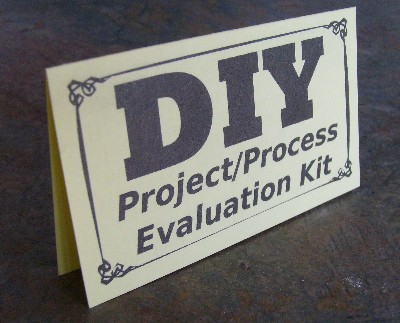A Virtue of Imprecise Measurements
I’ve talked about The Importance of Precise Estimates. In that post, I said,
My advice is to
- measure your progress
- watch the trends
- project the trends tentatively into the future
and relax. It’ll work out the best it can. False precision won’t make it any better.
Now I just read The Virtues of the Imprecisely Measured Self by Alex Knapp at Forbes. He tells the tale of a study in the journal Psychological Science April 2011 that indicates that precision, whether false or not, inhibits success. Alex summarizes,
Precision can actually be the enemy of performance goals. To be sure, feedback is definitely a positive thing. But it appears that if you want to keep yourself motivated, it’s best to get a more generalized, imprecise feedback that lets you know you’re heading in the right direction, rather than the precise coordinates of where you are on the path.
It’s something to think about.

 It’s stabilizing feedback that keeps a simple amplifier working as an amplifier, rather than pegging the output at the maximum positive or negative voltage. The feedback mechanism observes the output and applies a small correction to the input to counteract overreactions. Because the feedback is swift, only a small correction is needed. In fact, if the feedback were delayed, the output would tend to swing back and forth, oscillating around the desired value.
It’s stabilizing feedback that keeps a simple amplifier working as an amplifier, rather than pegging the output at the maximum positive or negative voltage. The feedback mechanism observes the output and applies a small correction to the input to counteract overreactions. Because the feedback is swift, only a small correction is needed. In fact, if the feedback were delayed, the output would tend to swing back and forth, oscillating around the desired value.